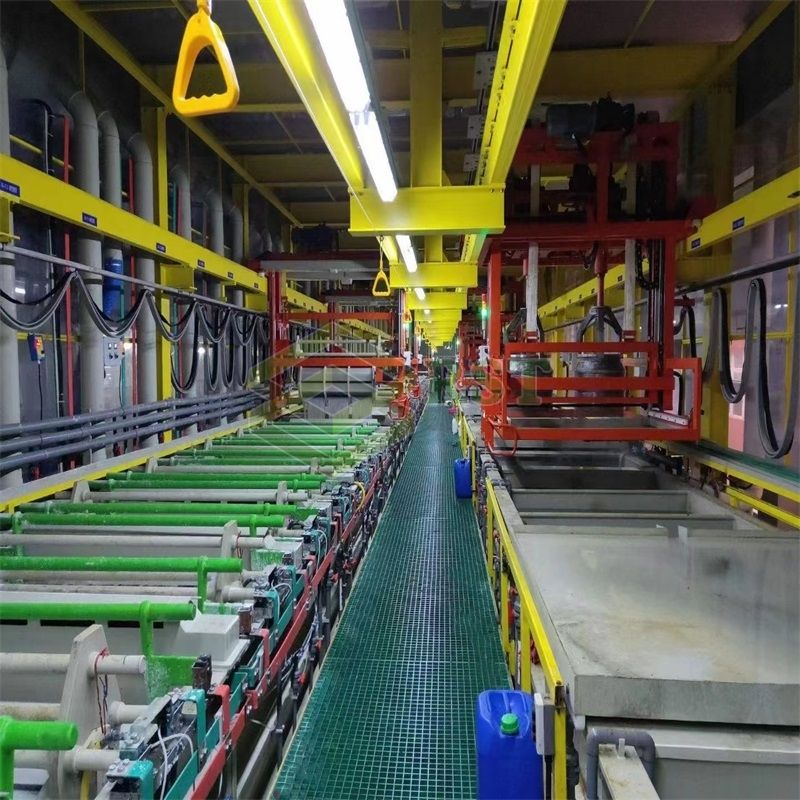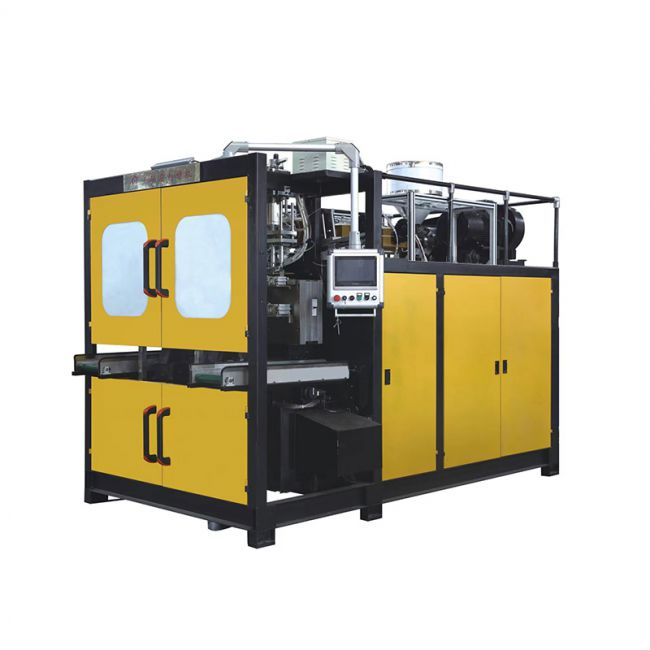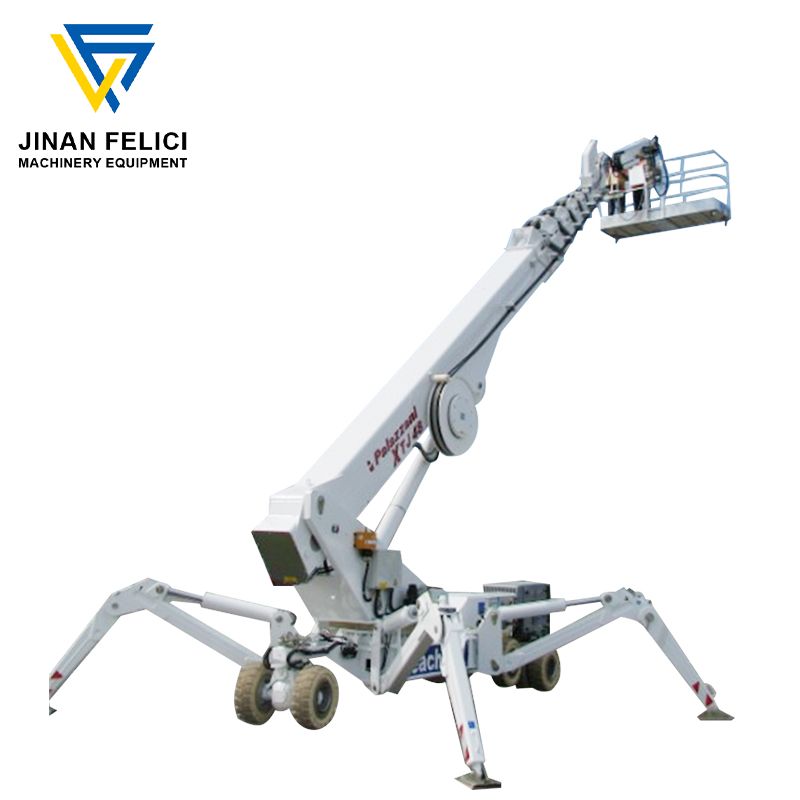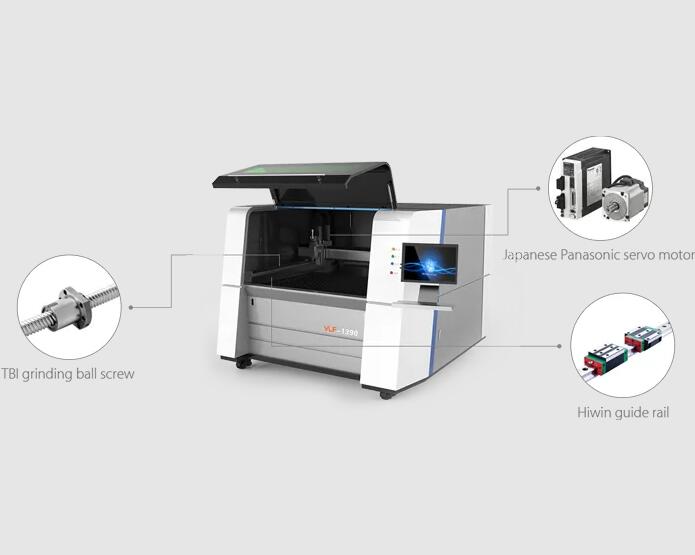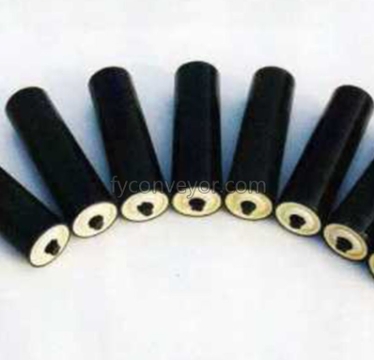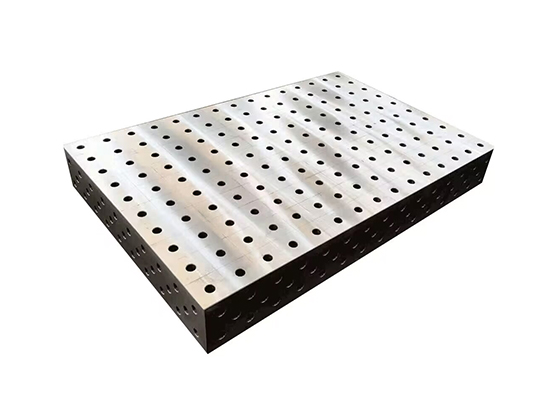Modern Inline Eight Gasoline Engines
Just a few notes
The Straight 8 developed because of the need for more power. Luxury car lines like Buick, Cadillac, Cord, Packard, Bugatti, Miller, Duesenberg, Alfa Romeo, and Mercedes needed more power for speed, more torque for smoothness relative to that days other power plants. The Inline 6 was popular so the natural progression was the inline cylinder. Back then it did not matter that the engine was way more heavy than the other types of engines in production. I believe the engine case (block) was produced by investment casting where you put a mold into a sand box and iron was poured into the mold and melted the model leaving an iron 8 cylinder block. This was an expensive process adding production cost to the engine. Only rich people could afford to pay the price.
The V8 design was introduced about 10 years before the straight 8 production engines. V8 had very high production costs and a big secondary vibration problem before the advent of the 90 degree crank shaft.
The 1 piece V8 block was a very complex casting, harder to make than a straight six or straight eight. The alternative was to make the engine block in 3 pieces and bolt it together. So luxury car makers ignored the V8, which was inferior in terms of smoothness, and stuck to the big 6 cylinder, which has the minimum number of cylinders giving perfect primary and secondary balance, and overlapping power impulses.
Besides being heavy the engine was long hence the long hood requirement. Unless you slung it way low and did some expensive things to the oil pan the darn thing stuck way up in the air requiring the entire car to be relatively high compared to other cars of the day. You had to see the road over that long hood. That change after WW2. We had an Interstate Highway system and road speeds were up. Speed and power was the name of the game and the automatic transmission meant the car did the shifting unlike the manual transmission prewar that demanded a lot of gear shifting on the V8 compared to the big torque range of the inline 6 and 8 engines. These engines also had long stoke designs not liking high rpm operation. The public wanted speed smoothness. Comfort became a marketing issue. A lot of ladies who worked on the assembly line during the war wanted cars they could enjoy and drive. A clutch pedal on the straight 8 would wear you out on a long trip. It was all mechanical in the early days and you had to be a body builder to wrestle the early transmissions around. Pushing a button and letting the car shift was a required was a selling point. Foundry technology made the mass production of a flathead / OHV V8 practical and competitive.
The compact (size wise) flathead V8 was putting out some good power number and the Automobile engine was undergoing a lot of refinement. Chrysler produced a very nice Hemi V8 and it grew to 392 CID but it was one heavy engine. The Small block V8 from Chevrolet was introduced in 1966. I had one. This engine would go on to win more races than any other engine in the world and still is as a matter of fact. In the 1960s the requirement to get the cost out of production meant going to a thin wall casting design to save front end weight. Power plant designs were as numerous as the brands. Chrysler took their straight 6 cylinder engine and tilted it for lower hood profile and we had the Slant 6. Chevy offered a 4 cylinder, straight 6, air cooler horizontal 6 cylinder, and two or three versions of the V8 design.
Nowhere was the straight 8 in play unless in a Jeep or other applications requiring a lot of torque.
Let’s face it, in today’s world an inline-eight-cylinder engine is an anachronism. Modern vehicle design and technology lends itself to compact, lightweight, highly efficient engine designs. The straight-eight comes from a time when a long, narrow powerplant was considered graceful, and the inline eight-cylinder engine was a powerhouse that hadn’t been knocked off the mantle by V8 engines yet.
However, back in the inline-8’s heyday — the first half of the 20th century — the straight-8 was a king. Its even firing order made it a smooth performer, which made it popular in high-end luxury cars of the day. The fact that it made significantly more power than its inline six-cylinder competitors of the day also made it a popular performance engine option for racing of all types of the time period.
While time and technology have rendered the inline-eight-cylinder engine configuration largely obsolete, there is no denying the impact it made in automotive performance and design. So with that, we’ll look at four of the more interesting straight-8 engines from the eight (no pun intended) in the video above.
Mercedes-Benz W196 Formula 1
The Mercedes-Benz W196 engine came to be as a result of a new rules package for Formula 1 in 1954, allowing naturally aspirated engines of up to 2.5 liters, and heavily restricting the size of the supercharged entries, which Mercedes was known for. By taking the mechanical direct injection system they developed on the DB 601 engine (The inverted V12 from the Me-109 fighter plane), and pairing it with a desmodromic valvetrain, the W196 engine was born.
With a 2.992-inch (76mm) bore and 2.709-inch (68.8) to achieve its 2.496-liter displacement, it created 257 horsepower initially, which was less than the projected needs of the series. After developing a variable-length intake runner system, the engine achieved the 340 horsepower at 10,000 rpm performance target set out by the engineers. The mechanical direct injection system was a large advantage for the team, and the engine’s performance led the field, taking two championships in as many years of being fielded.
Additional resources:Outranking the Article on China Valve: Enhancing Valve Quality and Reliability
How to use the pipe tapering machine?
What is a CNC Lathe Machine and How Does It Differ From a Conventional Lathe?
What Are The Benefits of Using Induction Pipe Bending Machine?
What are the advantages of using a lithium battery laser welding machine for battery pack assembly?
What is the purpose of the beading machine?
Discover Efficiency and Precision with our Low-Pressure Injection Molding Machine
Packard Straight-Eight
The Packard Straight-8 engine is on this list, as it is the last American production inline eight-cylinder engine. It also has the distinction of having a thirty-year production run, with the first production model debuting in 1924 and the final straight-eight-powered Packard rolling off the line in 1954. There were a multitude of variants, ranging from a 257 cubic-inch variant with a 3.250-inch bore and 3.875-inch stroke making 203 horsepower, all the way up to the 384 cubic-inch behemoth with a 3.500-inch bore and monster 5.00-inch stroke, that made an underwhelming 109 horsepower at 3,200 rpm.
However, the later models were a 327 cubic-inch, 185 horsepower variant, and a 359-cube, 212 horsepower version, both of which sung like well-oiled sewing machines at full song. While the Packard straight-eight was eventually replaced by V8, it wasn’t in time to save the company, and the engine design’s retirement from production lines was overshadowed by the failure of its longest-running proponent.
Alfa Romeo 158/159
Before World War II, Alfa Romeo debuted a new racing engine that displaced 1.5 liters and had 8 cylinders, creating the “158” moniker. The undersquare engine featured a 58mm (2.283-inch) bore and 70mm (2.756-inch) stroke, and with the help of a single-stage Roots-style supercharger, made 200 horsepower at 7,000 rpm. Once the war ended, racing development resumed, with the 1946 configuration peaking at 254 horsepower. The 1947 version was further refined to create 300 horsepower which carried it through the 1950 peak of 350 horsepower at 8,500 rpm.
For the 1951 season, the 159 variant was produced with a new two-stage supercharger system, which produced a significant increase to 425 horsepower at 9,300 rpm. Unfortunately, unable to secure additional development funding, the last time the 159 saw the racetrack was in 1953.
Mercedes Benz M125
Saving the most powerful for last on our list, the Mercedes Benz M125 engine was designed specifically to power the maker’s 1937 W125 Grand Prix car development. It was designed around a rules package that didn’t regulate engine size, Mercedes decided on an undersquare straight-eight with a 94mm (3.700-inch) bore and a 102mm (4.016-inch) stroke for a total displacement of 5.66 liters (345 cubic inches).
On top of the stout displacement, the dual overhead camshaft engine was supercharged with a Roots-type blower. Using an interesting fuel mixture containing methanol, benzene, ethanol, and gasoline, the engine produced a peak output during it’s service of 637 horsepower at 5,800 rpm and as much as 632 lb-ft of torque. After being quite successful in its first year of competition, the engine was made obsolete the next season, thanks to displacement limits being put into place.
While these are only four of the eight engines covered in the video above, they prove that even though the straight-eight is considered obsolete these days, at one point in time they were the pinnacle of automotive performance, balancing weight and power in the sleek long-nose chassis of the day.
Modern Inline Eight Gasoline Engines
Four Of The Greatest Straight-8s To Ever Come Off An ...
Additional resources:What are Metal Shredders and How Do They Work?
Do you know the advantages of lintel making machine
Cooled Water Chillers vs. Air-Cooled Chillers: Comparing Options
What is the advantage of telescopic boom lift?
What does a bucking unit do?
Choosing the Perfect Double Shaft Paddle Mixer for Your Needs
How Does a Mobile Asphalt Plant Work?




